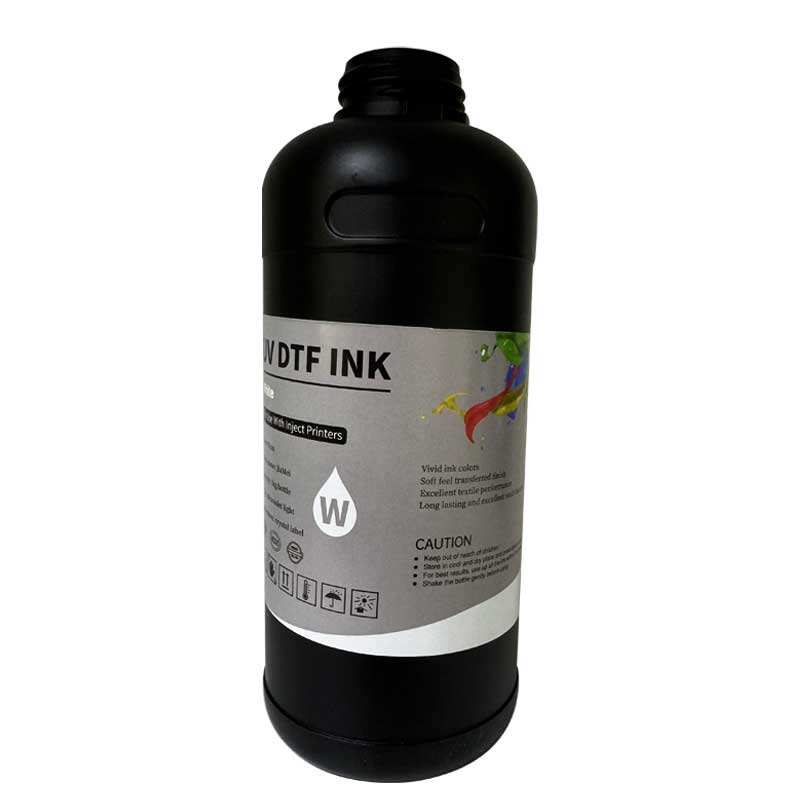dtf printe
The DTF (Direct to Film) printer represents a groundbreaking advancement in textile printing technology, offering a versatile and efficient solution for creating high-quality designs on various fabric materials. This innovative printing system utilizes a unique process where designs are first printed onto a special PET film using water-based inks, followed by the application of a hot-melt adhesive powder. The printed design is then heat-cured and ready for transfer onto the target fabric. The DTF printer excels in producing vibrant, durable prints that maintain excellent wash fastness and color vibrancy. It can handle both simple and complex designs, including gradients, photographic images, and fine text, making it ideal for custom apparel, promotional items, and personalized textile products. Unlike traditional printing methods, DTF technology doesn't require pre-treatment of fabrics and can work effectively on a wide range of materials, including cotton, polyester, nylon, silk, and blended fabrics. The system's precision control ensures consistent quality across multiple prints, while its efficient ink usage and minimal waste contribute to cost-effective operation.


